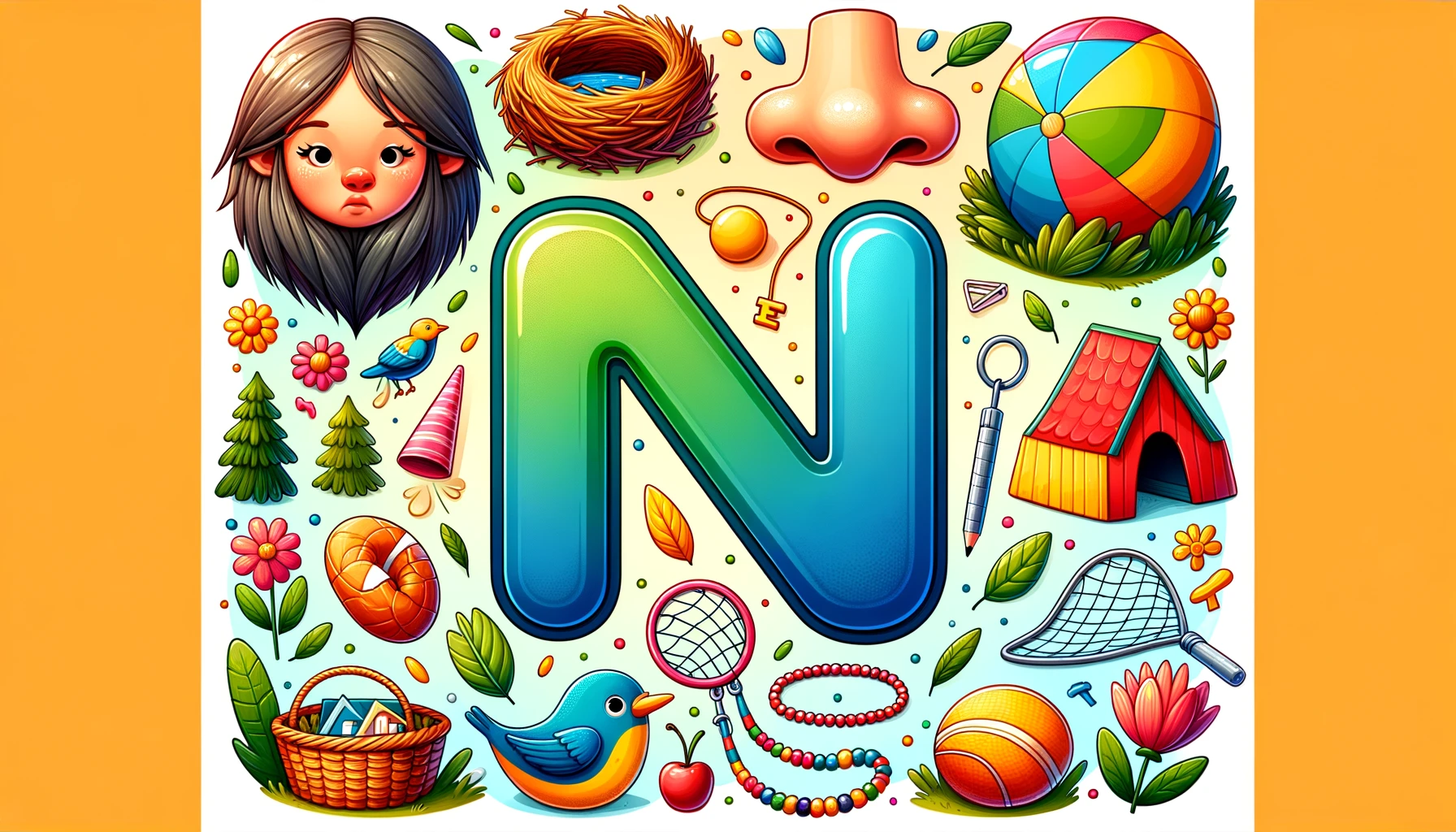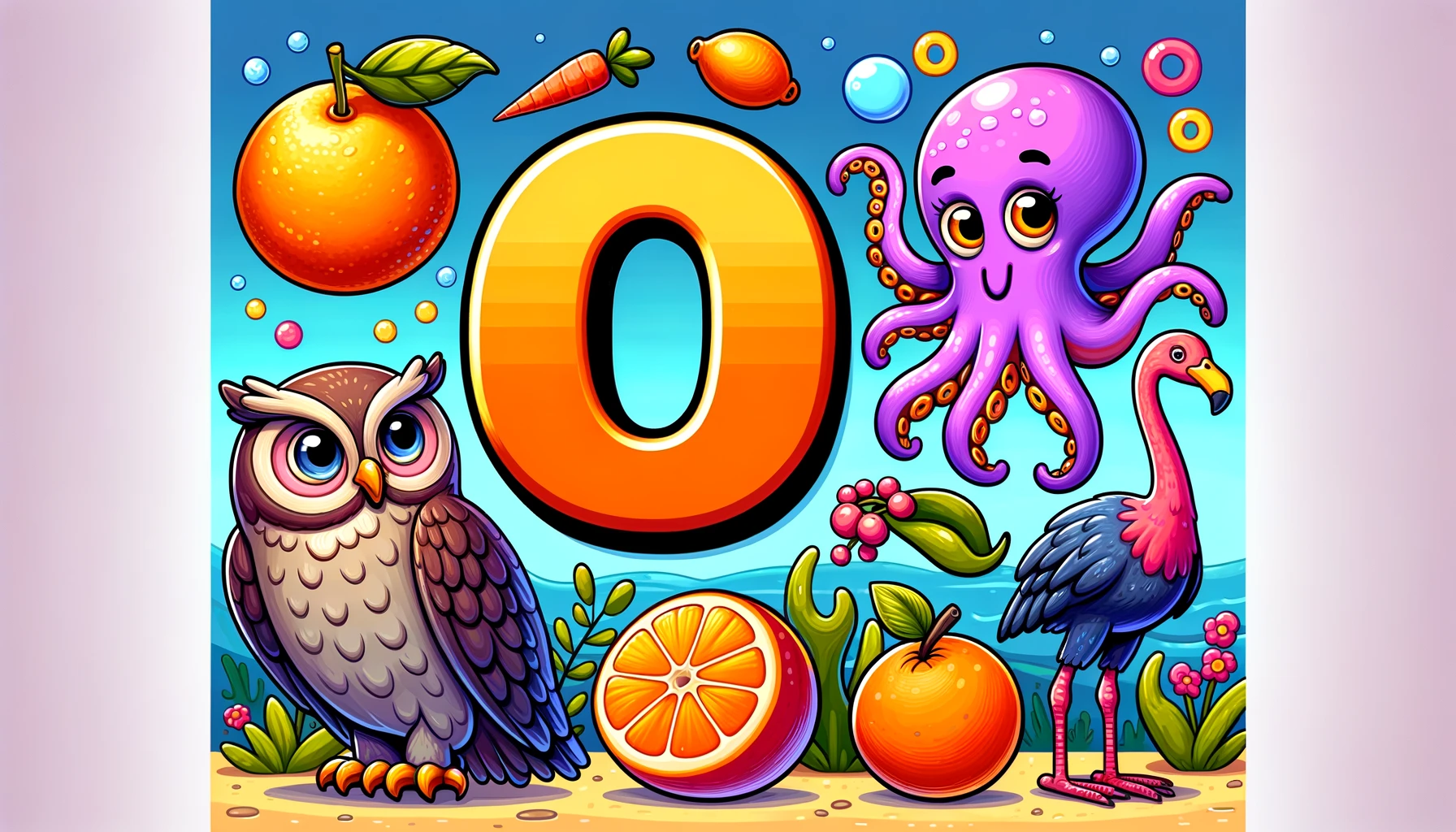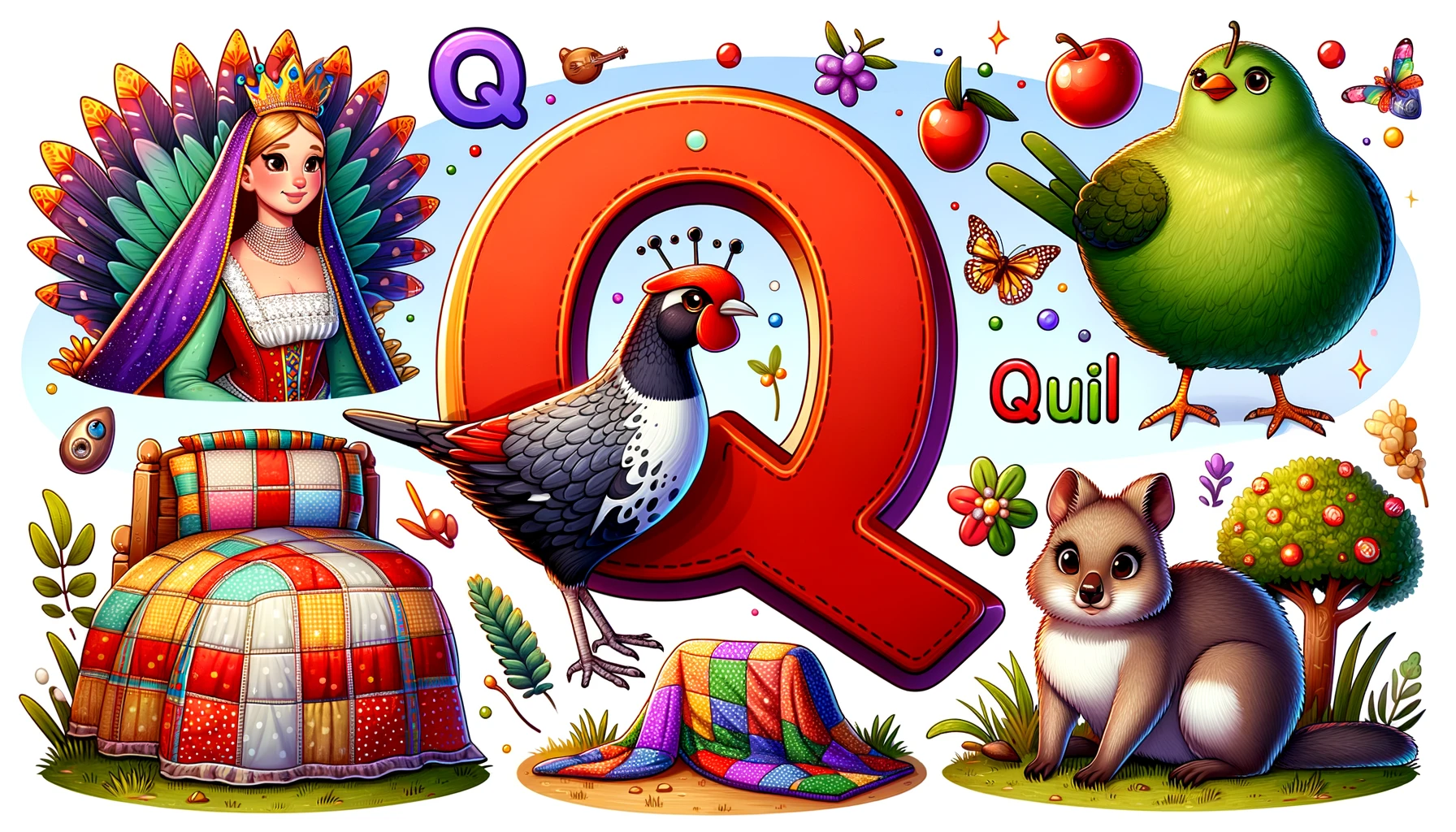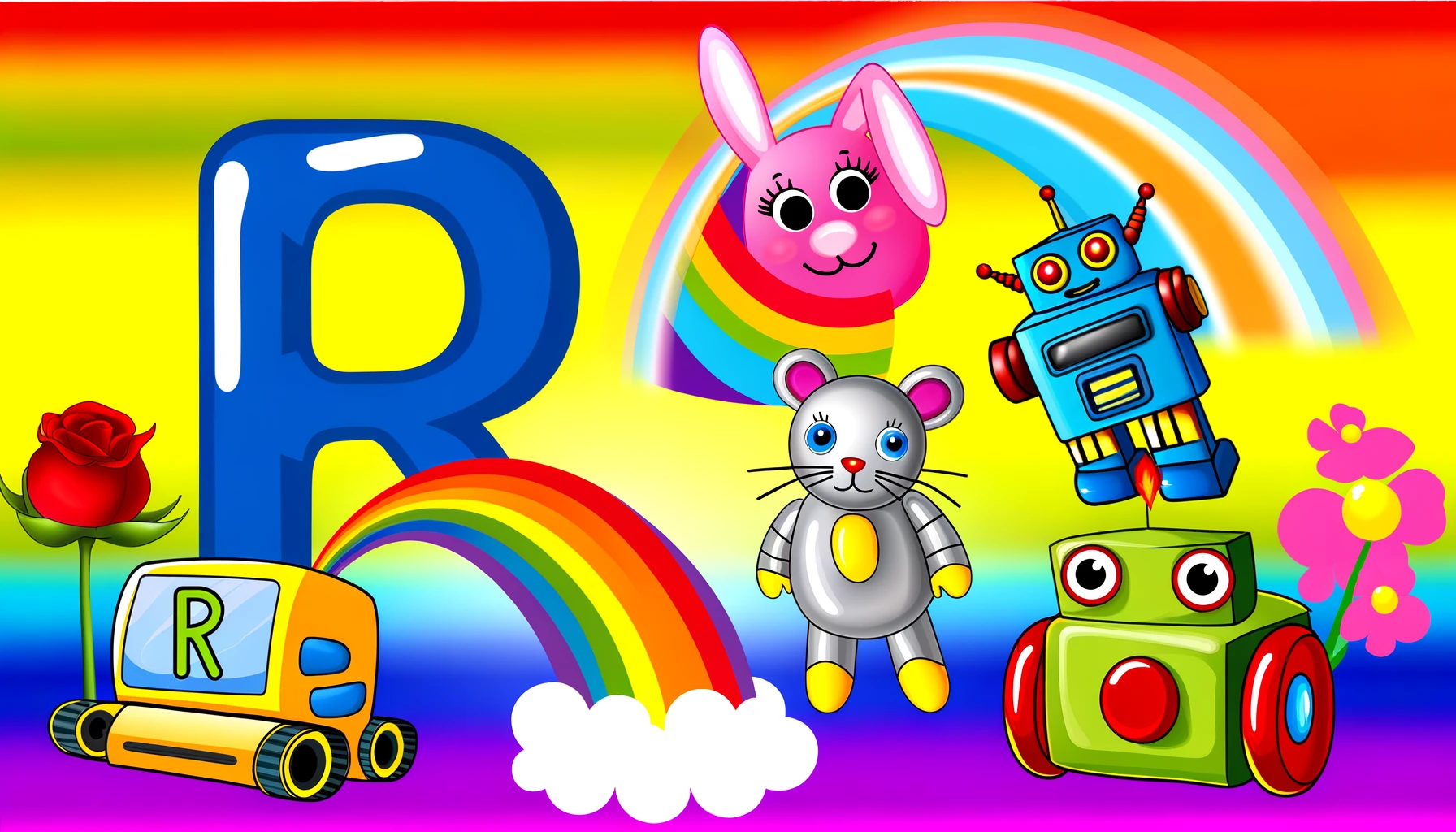Interesting Facts About Peafowls and Their Behavior
Interesting Facts About Peafowls and Their Behavior
Table of Contents:
- Introduction to Peafowls and Their Behavior
- The Different Species of Peafowls
- How Peafowls Display Their Feathers to Attract Mates
- The Role of Peafowls in Culture and Symbolism
- How to Care for Pet Peafowls
- Conclusion: Understanding the Unique Nature of Peafowls
Interesting Facts About Peafowls and Their Behavior
Peafowls, known for their vibrant plumage and iconic fan-like feather displays, are among the most beautiful and captivating birds in the world. These majestic birds, found primarily in South Asia, have fascinating behaviors and hold significant cultural symbolism. In this article, we will explore interesting facts about peafowls, their behavior, and their unique role in nature and human culture.
1. The Different Species of Peafowls
There are three primary species of peafowls: the Indian peafowl, the green peafowl, and the Congo peafowl. The Indian peafowl, also known as the peacock (male) and peahen (female), is the most recognizable and widely known species. It is native to the Indian subcontinent and is famous for the striking blue and green feathers of the male. The green peafowl, found in Southeast Asia, features dazzling green and gold feathers, while the Congo peafowl, native to Africa, has more subdued colors but is just as fascinating. Each species of peafowls has unique characteristics and plays an important role in its native ecosystem.
2. How Peafowls Display Their Feathers to Attract Mates
One of the most well-known behaviors of male peafowls is their stunning courtship display. To attract mates, the male peafowl (peacock) fans out his long tail feathers into a spectacular display of iridescent blues, greens, and golds. These feathers, also known as the “train,” are covered with eye-like patterns that are meant to captivate the attention of potential mates. As the peacock struts around and vibrates his feathers, he creates a mesmerizing effect that helps to demonstrate his health and genetic fitness. This display is not only a key part of mating but also an example of how visual beauty in nature plays a role in survival and reproduction.
3. The Role of Peafowls in Culture and Symbolism
Throughout history, peafowls have held significant cultural and symbolic meaning across various civilizations. In Hinduism, the peacock is associated with Lakshmi, the goddess of wealth, fortune, and beauty. It symbolizes purity, divinity, and grace. In ancient Greece, peacocks were sacred to Hera, the goddess of marriage and family. The eye-like patterns on their feathers were believed to represent the watchful eyes of the gods. In modern times, peafowls continue to symbolize beauty, pride, and dignity, and they are often featured in art, fashion, and design around the world.
4. How to Care for Pet Peafowls
Although peafowls are wild birds, some people choose to keep them as pets or on farms due to their striking appearance and serene demeanor. Caring for pet peafowls requires a large, secure outdoor space where they can roam and forage. They need a balanced diet that includes grains, seeds, fruits, and occasional insects. Peafowls also need access to clean water and shelter from harsh weather conditions. Regular health checks are important to ensure that they remain free from parasites or diseases. While pet peafowls can be relatively low-maintenance, their natural behavior and size mean that they are best suited for experienced bird owners or those with ample space for them to thrive.
5. Conclusion: Understanding the Unique Nature of Peafowls
In conclusion, peafowls are extraordinary birds that captivate people with their beauty, unique behaviors, and cultural significance. Their stunning feather displays, diverse species, and importance in both ecosystems and human symbolism make them fascinating animals to observe and care for. Whether admired for their elegance or kept as pets, peafowls continue to inspire awe and appreciation around the world. By learning more about peafowls, we can better understand and protect these remarkable creatures for future generations.
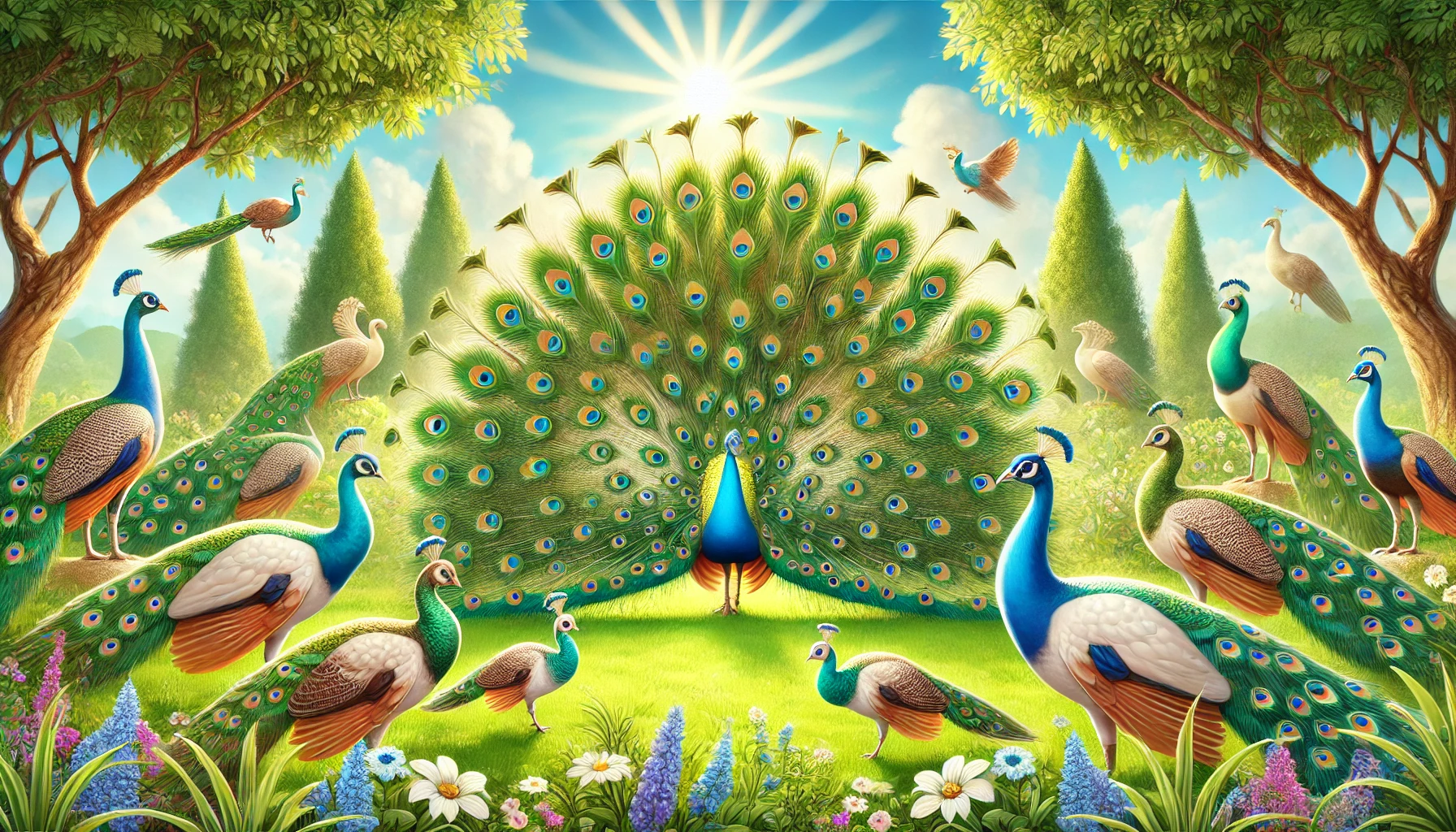
<ⓒ WizardMedics (wizardmedics.com)>


